It’s the time of year when media outlets nationwide release their rankings of the best colleges and universities. Many prospective students use these rankings to decide where they should apply to school, and colleges advertise these rankings in the hopes of attracting future students. The annual U.S. News & World Report is the most famous of these rankings. Over the last few years, there has been a lot of controversy related to this list. Last year, U.S. News changed its methodology to place more weight on social mobility. As a result, Fordham University dropped from 72 to 89 in the rankings. With the release of this year’s rankings on Sept. 24, Fordham now stands at 91. Schools such as Columbia University have been exposed to messing with data they submit to the U.S. News. Finally, some schools, such as Fordham Law School, have stopped submitting data to the list. While we see the value college ranking lists hold in the college application process, we believe it is a flawed system.
Why does U.S. News hold so much sway over the higher education industry? Francie Diep from The Chronicle of Higher Education believes that they were one of the earliest organizations to rank colleges, starting in the late 1980s. Their early lead allowed them to build a strong following among both prospective students and university administration. Many university administrators have a negative opinion of the rankings but are resigned to their influence over prospective students. Former president of Reed College Colin Diver said to the New York Times in 2022, “I think the majority of institutions would be happy if the rankings went away.” However, many schools can’t ignore the rankings because a rise in the ranks sparks good press, whereas a drop damages their reputation. So, while a few schools may choose to stop giving data to U.S. News, most begrudgingly go along with the yearly event.
In the past, the U.S. News rankings were criticized for being too focused on a college’s wealth and prestige. The change in methodology last year was an attempt to fix that perception. Its focus on social mobility and socioeconomic diversity led to a dramatic shakeup, with many private universities dropping compared to their public university counterparts. Many private universities like Fordham responded by critiquing the new methodology. Provost Dennis Jacobs told The Fordham Ram that there was “an apparent bias” in the rankings related to favoring public schools. Although the methodology change moved colleges around in the rankings, that doesn’t mean they are now perfect. In fact, Christopher Newfield from the Independent Social Research Foundation thinks the new methodology doesn’t fix the ranking’s core issues, as blending socioeconomic elements with selectivity can make it harder for the consumer to choose which school to attend.
Prospective students use this list begrudgingly. However, their relationship with the lists fundamentally differs from that of the university administrators. Who are the people that typically use this list? Diep says they are prospective students new to the college application process. Their school may not have the resources to provide the proper guidance on college applications. Their parents may be first-generation and have no experience applying to an American university. When you do not have enough support, tools like the U.S. News list are one of the only options to look at. Many prospective students know that the list is imperfect, but what other choice do they have?
This conversation regarding college rankings unearths a changing dynamic between how colleges and prospective students view higher education. Colleges want to market themselves as places where you gain knowledge and other intellectual benefits. However, many Americans have become skeptical about the value of a college degree. People feel this way because going to college is an enormous investment of money and time. People want to feel like the hard work they put in for a degree will be worth it. At the end of the day, U.S. News is a business, and like any good one, it has responded to its consumers by modifying the list. Yet, the list is not the best way for consumers to determine which schools will move them up the socioeconomic ladder. Changes between the yearly lists occur so frequently that observers have called them meaningless.
The discussion over college rankings speaks to an emotion we all face: doubt. Prospective students are full of doubt when picking where they want to go to school. Picking the school with the highest ranking provides a sense of security. Colleges and their administrators want to feel that their school has a good reputation, but a lower ranking puts that in doubt. The current ranking provides participants some security and validation in their decision, but there is only so much a list can tell you about a college. When you make that decision, there will always be a little doubt. If you are a prospective student, don’t solely rely on these rankings to decide where to attend school. Decide for yourself what is important in your search and let that be your guide. You know yourself better than a list does.

































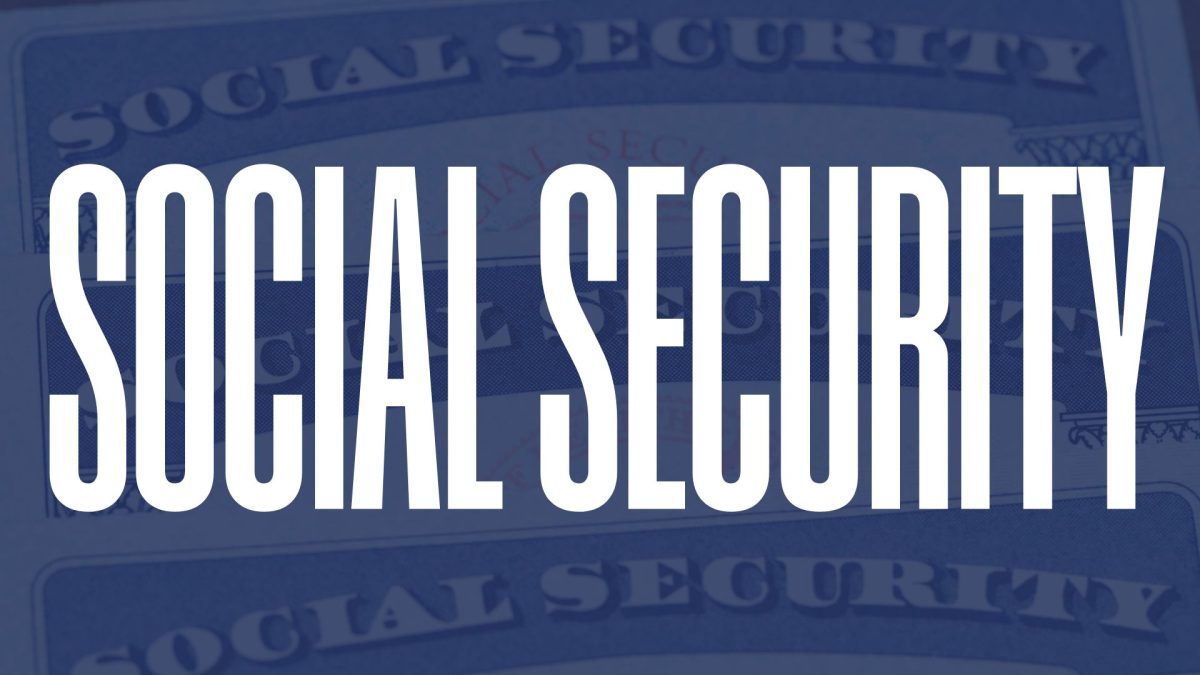
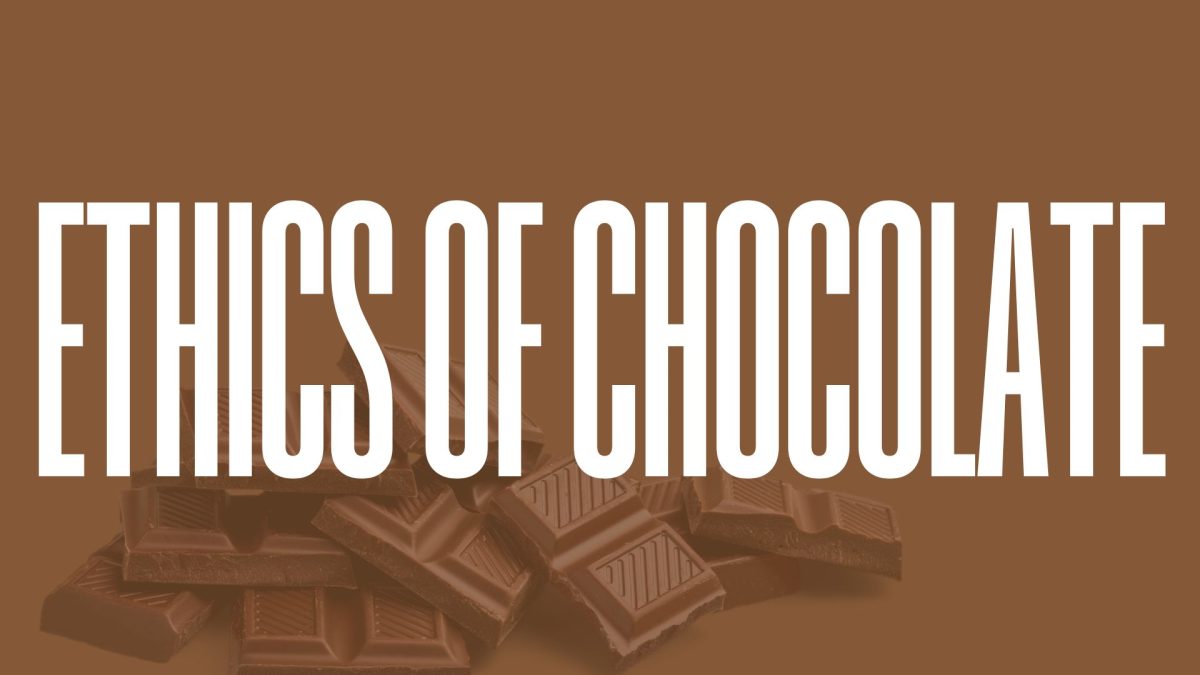
































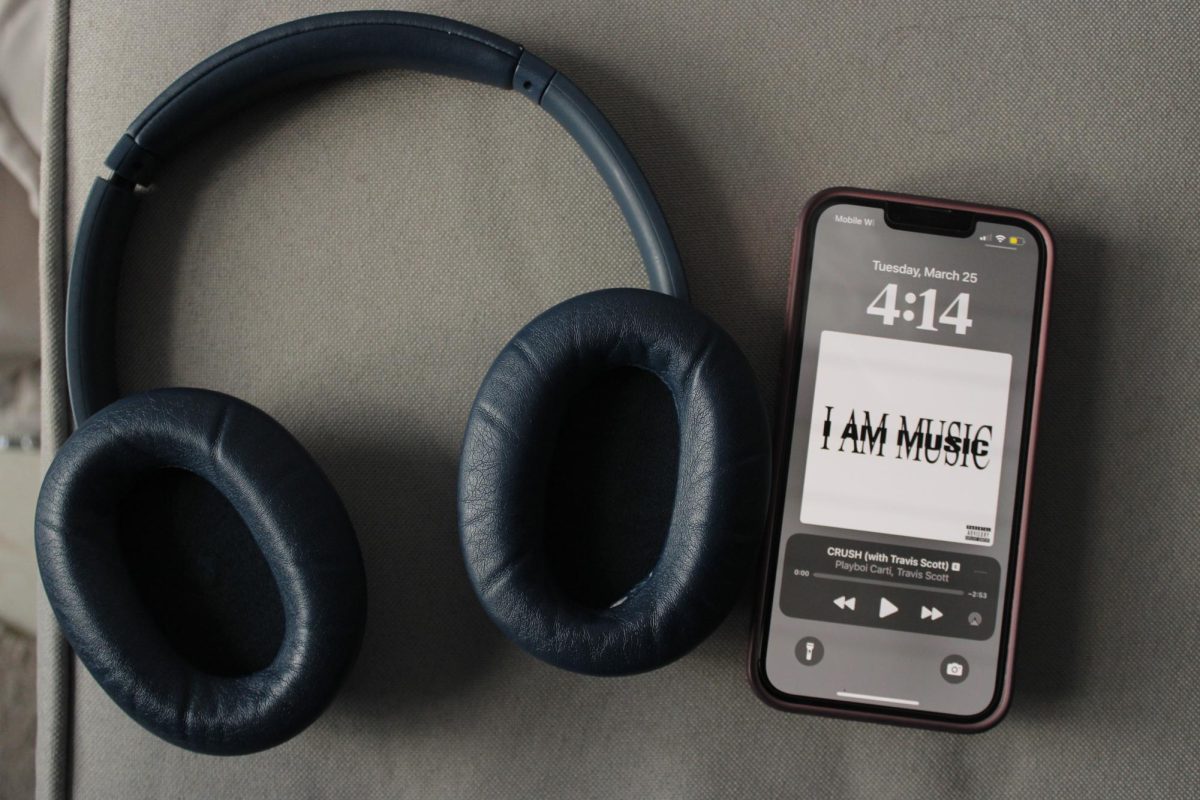





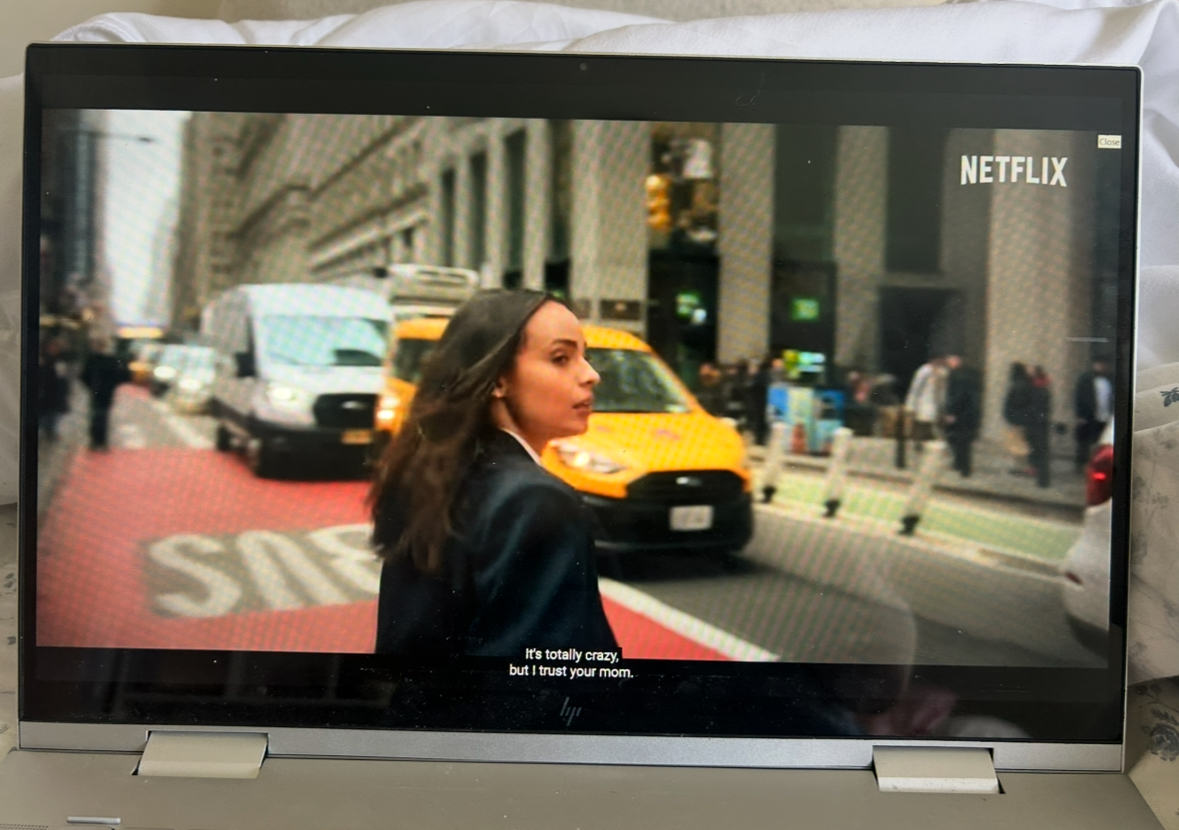












































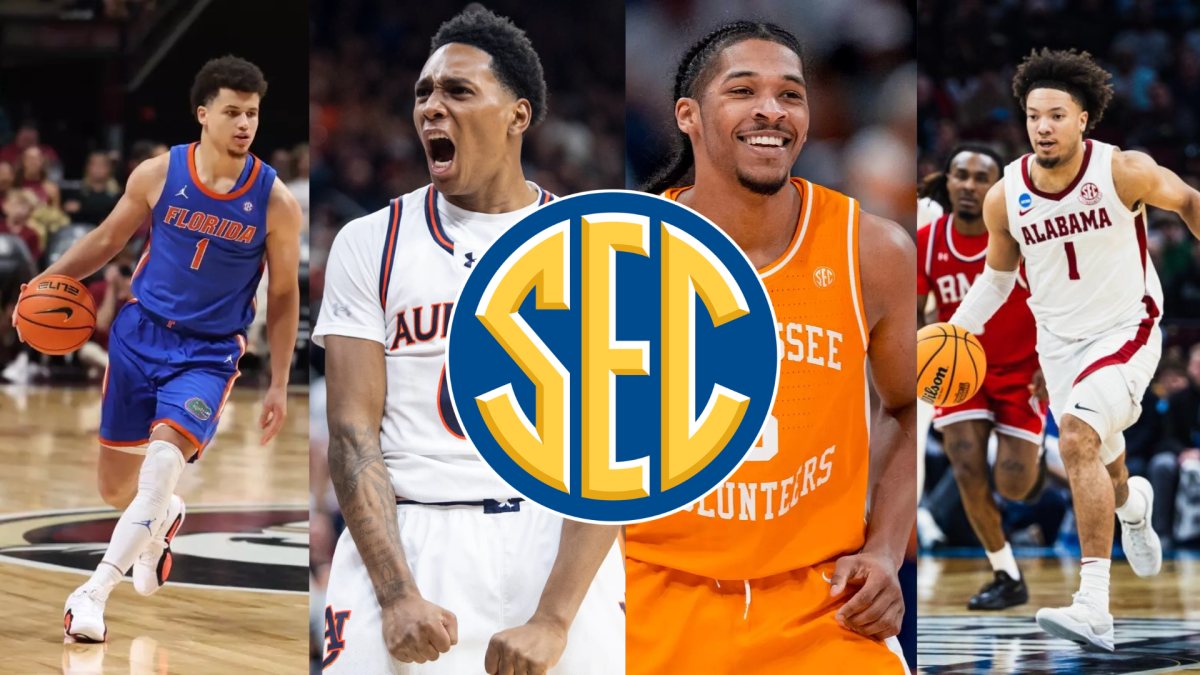











































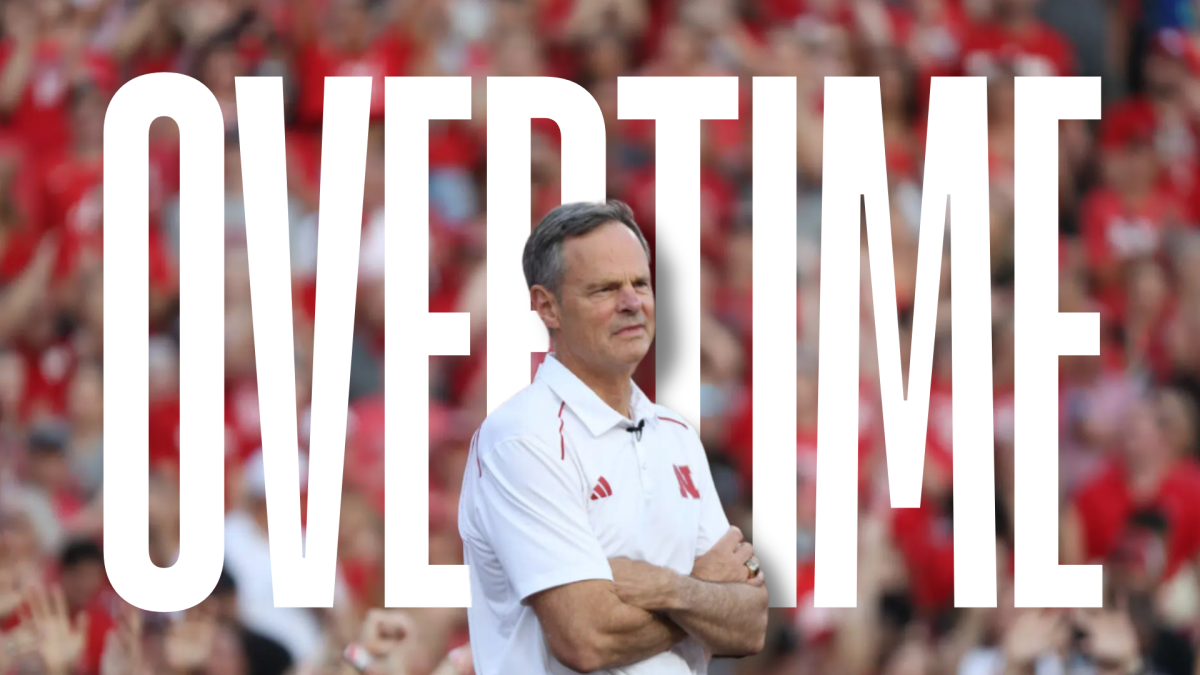

































Robert Dominianni • Oct 3, 2024 at 11:55 am
If you’ve heard this joke before, you can move along: Fordham drops in rankings, the school blames the independent evaluators, and the administration refuses changes.
No school that includes legacy preferences in its admission process is worthy of prestige. The shameful practice is tantamount to buying a diploma. Yet implausibly it lives on as a way to grant Jesuit values to the next deserving generation.
Legacy applicants will do just fine without their preferential status.
Robert Dominianni
Woodland Park, NJ
FCRH 1981
John Fruncillo • Sep 28, 2024 at 4:15 pm
Why not just rank colleges on academic success? The way to do that might be to determine how many students have jobs on or shortly after graduation.
Interviews with current students could gauge the level of social activity on the campus.
Other than those issues, the other information of value would be cost and student body make-up.